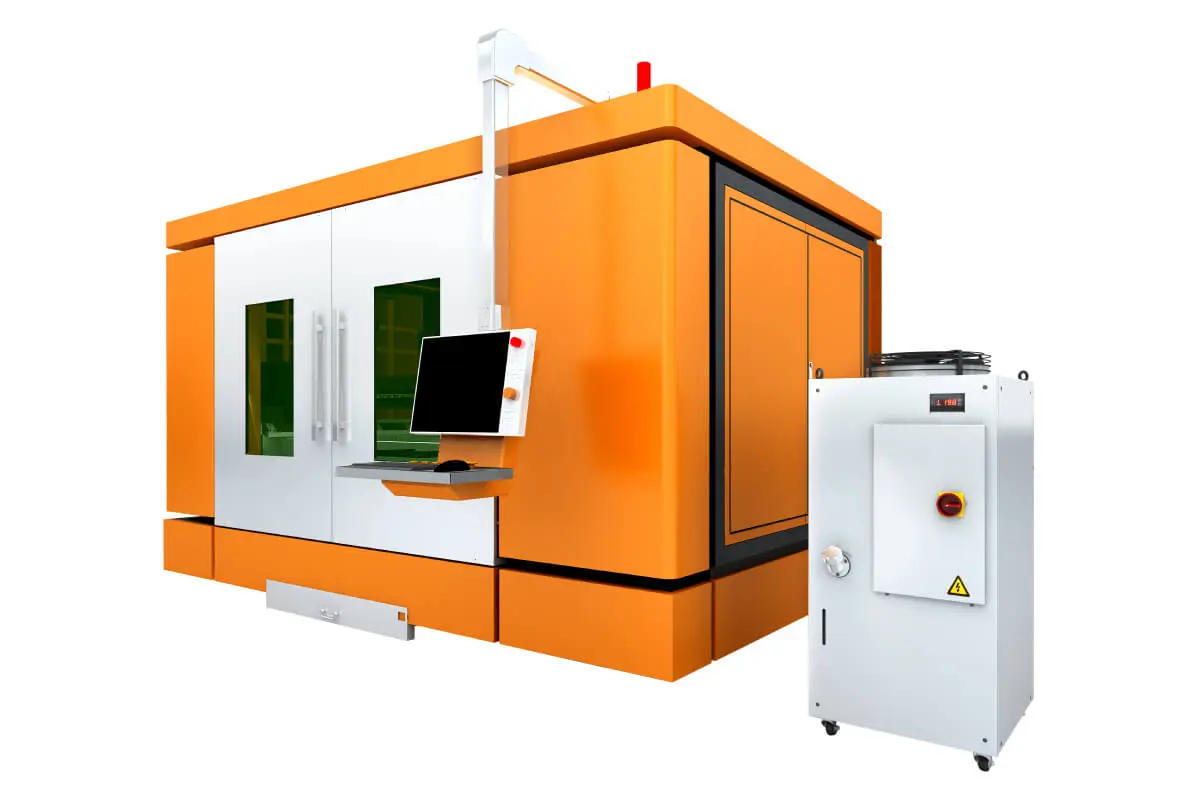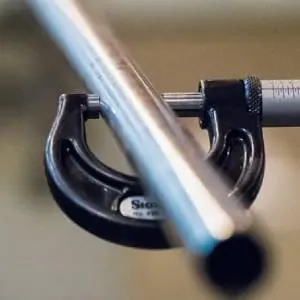In the ever-evolving world of culinary arts and kitchen design, efficiency and precision are paramount for both amateur and professional chefs. The traditional methods of crafting and preparing kitchenware have progressively become outdated, making way for innovative technologies that streamline production and create superior quality products. One such groundbreaking technology is the Kitchenware Metal Laser Cutting Machine. This machine not only enhances the precision of kitchenware manufacturing but also enables the creation of stunning, intricate designs that were previously unattainable.

Revolutionizing Culinary Art: The Impact of Kitchenware Metal Laser Cutting Machines on Modern Kitchen Production and Design
Laser cutting technology has garnered immense popularity across various industries due to its unmatched accuracy, speed, and versatility. In the realm of kitchenware, metal laser cutting machines have made a substantial impact, revolutionizing how pots, pans, knives, and other essential tools are crafted. Unlike traditional cutting methods that often leave behind rough edges or require extensive post-processing, laser cutting machines produce clean, precise cuts that enhance the overall aesthetic and functionality of kitchen products.
What sets the Kitchenware Metal Laser Cutting Machine apart from conventional cutting tools is its method of operation. By using concentrated beams of light, these machines can easily cut through various types of metals, including stainless steel, aluminum, and copper, with minimal effort. The ability to precisely control the beam’s intensity and focus allows for intricate designs and complex shapes that cater to contemporary kitchen aesthetics. Moreover, laser cutting can significantly reduce material waste, making it an eco-friendly alternative to conventional manufacturing methods.
One of the most significant benefits of using a Kitchenware Metal Laser Cutting Machine is its ability to enhance the customization of kitchenware. In a market where individuality is prized, consumers are increasingly looking for unique, personalized kitchen items that reflect their style and personality. Laser cutting technology allows manufacturers to create custom designs based on consumer preferences, whether it’s a special engraving on a knife, a unique shape for a pot, or intricate patterns on cookware. This level of customization not only satisfies consumer demand but also allows manufacturers to differentiate themselves in a highly competitive market.
Efficiency is another hallmark of laser cutting technology. In the past, producing kitchenware could be a time-consuming process, involving multiple steps and various tools. However, with the advent of laser cutting machines, this process has been streamlined significantly. Manufacturers can produce components more rapidly without compromising quality, leading to shorter lead times and increased productivity. This advancement is particularly advantageous for businesses looking to meet growing consumer demands without sacrificing craftsmanship.

Revolutionizing Culinary Art: The Impact of Kitchenware Metal Laser Cutting Machines on Modern Kitchen Production and Design
Moreover, the durability of products created using metal laser cutting machines cannot be overstated. The precision of laser cutting processes ensures that the completed kitchenware pieces are robust and reliable. For instance, when producing knife blades, the controlled cutting can yield sharper edges and sturdier structures, allowing chefs to achieve their culinary creations with more agility and less frustration. In an industry where quality matters, the enhanced durability of laser-cut kitchenware can elevate a brand’s reputation and customer loyalty.

Revolutionizing Culinary Art: The Impact of Kitchenware Metal Laser Cutting Machines on Modern Kitchen Production and Design
Additionally, the application of laser cutting technology extends beyond mere aesthetics and functionality; it also opens doors for innovative designs that challenge the conventional norms of kitchenware. Designers can experiment with new forms and functions, all while ensuring that the end products fulfill users’ needs. This flexibility encourages creativity and leads to the development of kitchen tools that are not just practical but artistically pleasing.
Furthermore, when considering the maintenance and operational costs, Kitchenware Metal Laser Cutting Machines are often seen as a smart investment. Although the initial cost may be high, the long-term benefits—including reduced labor costs, lower material waste, and enhanced production speeds—make them attractive to manufacturers. As technology continues to improve, the operational efficiency of these machines will only increase, providing additional cost savings.
In conclusion, the Kitchenware Metal Laser Cutting Machine is transforming the landscape of culinary production and design. With its precision, efficiency, customization capabilities, and potential for innovative designs, this technology empowers manufacturers to meet the needs of modern consumers while maintaining high-quality standards. As we continue to embrace technology in our kitchens, the role of laser cutting machines will undoubtedly grow, signaling an exciting future for kitchenware production. Chefs and home cooks alike will benefit from the advances in technology that make their kitchen experience more enjoyable, functional, and aesthetically pleasing. Steel Automatic Cutting Machine
